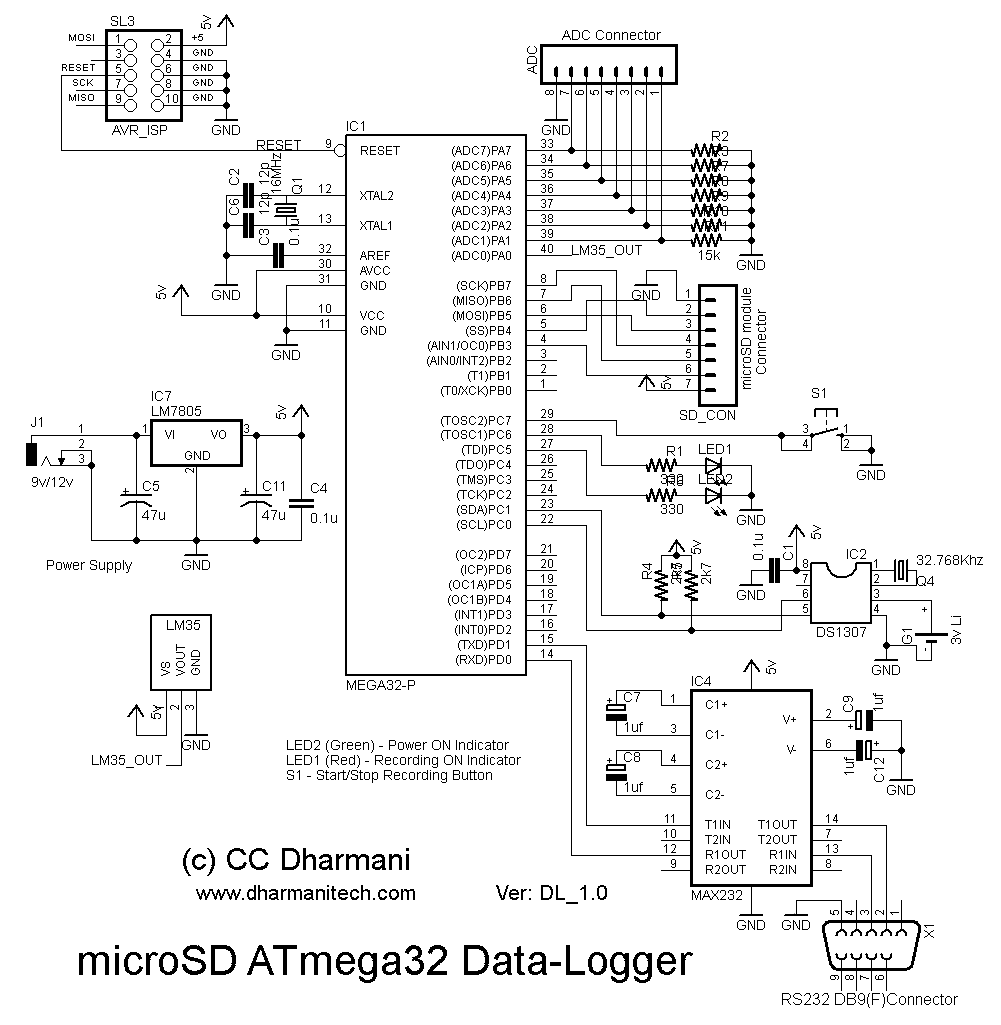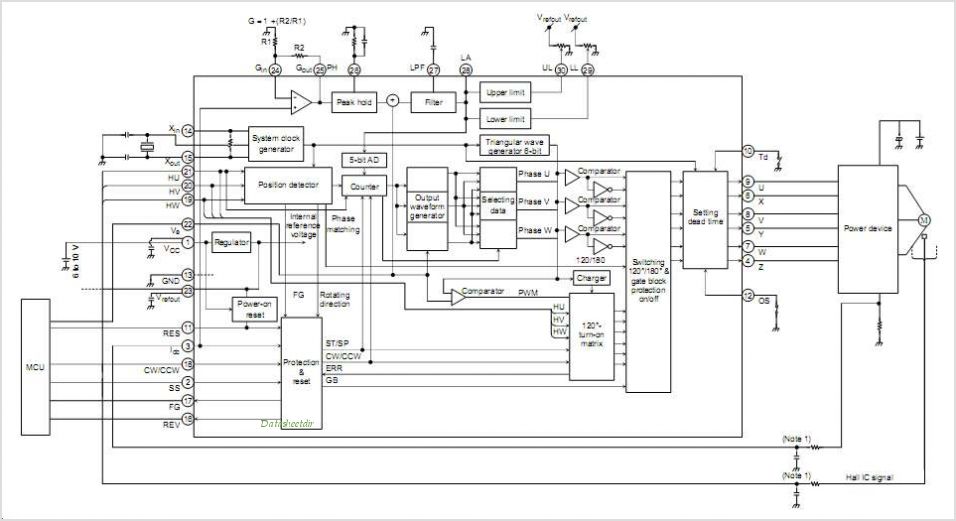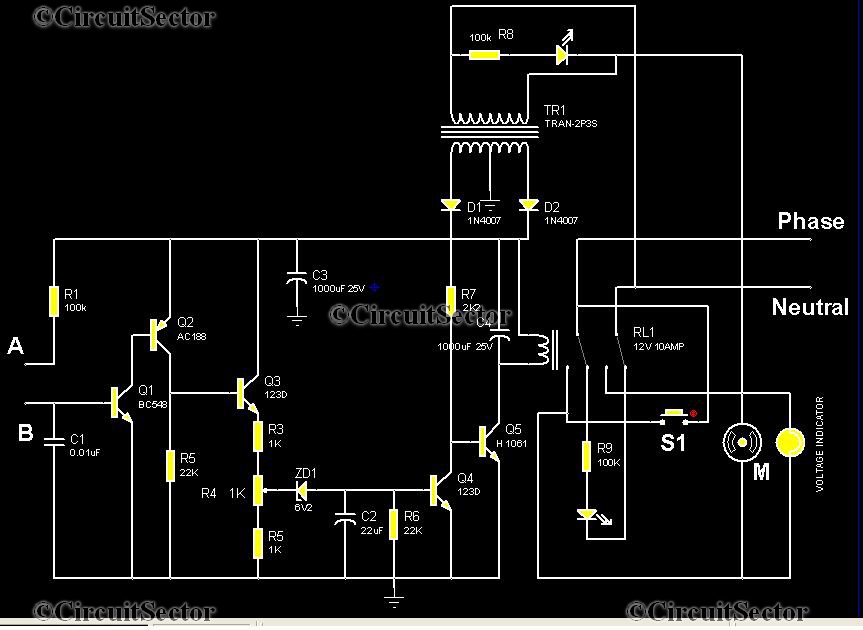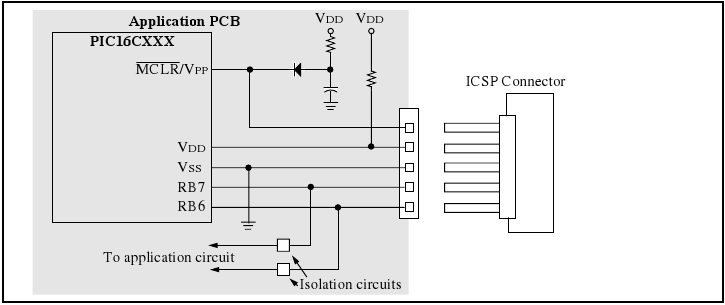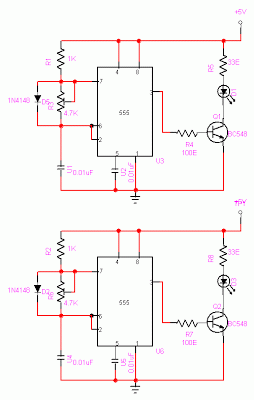
Kitchen Exhaust Fan Controller
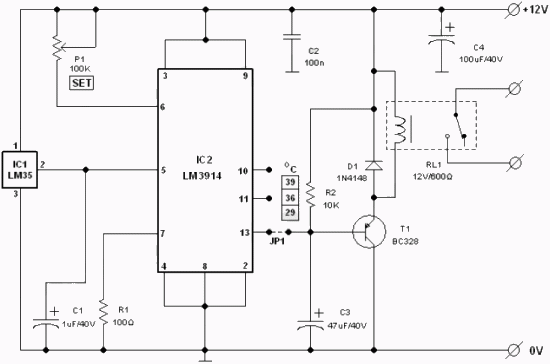
An exhaust fan is an essential component in kitchens. This circuit design aims to control kitchen fans by monitoring the ambient temperature.
The described circuit utilizes a temperature sensor to detect the ambient temperature in the kitchen environment. When the temperature exceeds a predetermined threshold, the sensor activates a relay that powers the exhaust fan. This setup ensures that the kitchen remains well-ventilated, reducing humidity and preventing the buildup of heat and odors.
The circuit typically includes the following components: a temperature sensor (such as an LM35 or a thermistor), a microcontroller or comparator circuit to process the temperature readings, a relay module to switch the fan on and off, and a power supply to provide the necessary voltage to the fan and control circuitry.
The temperature sensor is connected to an analog input pin of the microcontroller, which continuously monitors the temperature. When the temperature reading surpasses the set limit, the microcontroller sends a signal to the relay, energizing it to close the circuit and activate the exhaust fan. Conversely, when the temperature falls below the threshold, the relay is de-energized, turning off the fan.
To enhance the functionality, additional features such as adjustable temperature settings, LED indicators for fan status, and manual override switches can be incorporated. This design not only improves air quality in the kitchen but also contributes to energy efficiency by operating the fan only when necessary. The schematic can be further refined to include safety features such as fuse protection and transient voltage suppression to safeguard the components from potential damage.Exhaust fan is an important component in kitchens. Here is a simple circuit to control kitchen fans by monitoring the ambient temperature. It is built aro.. 🔗 External reference
The described circuit utilizes a temperature sensor to detect the ambient temperature in the kitchen environment. When the temperature exceeds a predetermined threshold, the sensor activates a relay that powers the exhaust fan. This setup ensures that the kitchen remains well-ventilated, reducing humidity and preventing the buildup of heat and odors.
The circuit typically includes the following components: a temperature sensor (such as an LM35 or a thermistor), a microcontroller or comparator circuit to process the temperature readings, a relay module to switch the fan on and off, and a power supply to provide the necessary voltage to the fan and control circuitry.
The temperature sensor is connected to an analog input pin of the microcontroller, which continuously monitors the temperature. When the temperature reading surpasses the set limit, the microcontroller sends a signal to the relay, energizing it to close the circuit and activate the exhaust fan. Conversely, when the temperature falls below the threshold, the relay is de-energized, turning off the fan.
To enhance the functionality, additional features such as adjustable temperature settings, LED indicators for fan status, and manual override switches can be incorporated. This design not only improves air quality in the kitchen but also contributes to energy efficiency by operating the fan only when necessary. The schematic can be further refined to include safety features such as fuse protection and transient voltage suppression to safeguard the components from potential damage.Exhaust fan is an important component in kitchens. Here is a simple circuit to control kitchen fans by monitoring the ambient temperature. It is built aro.. 🔗 External reference
